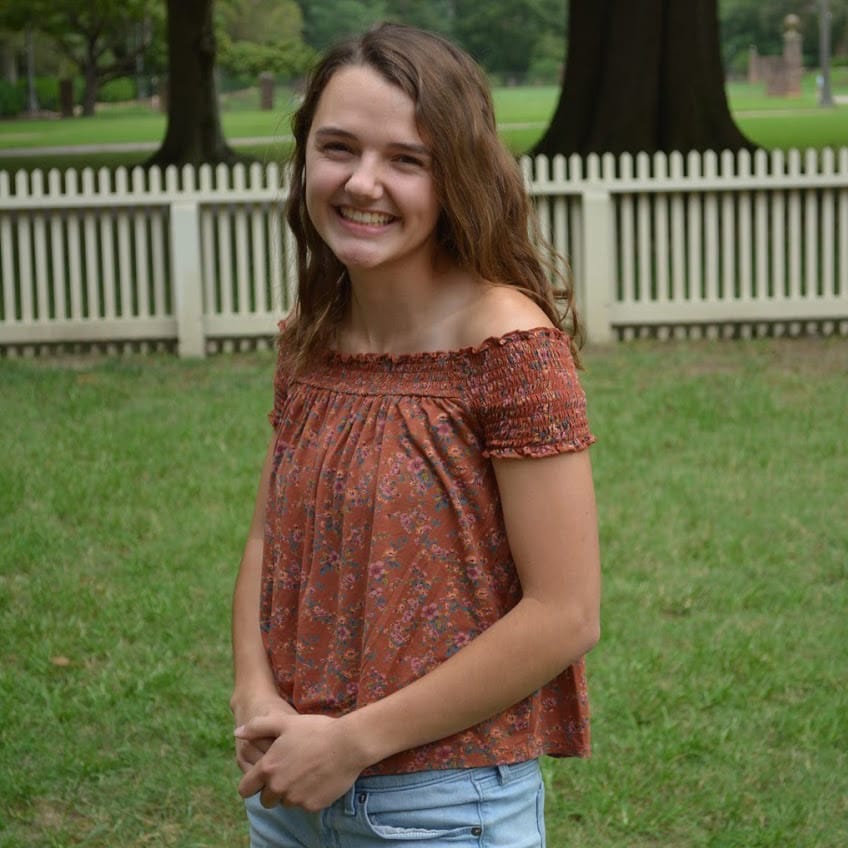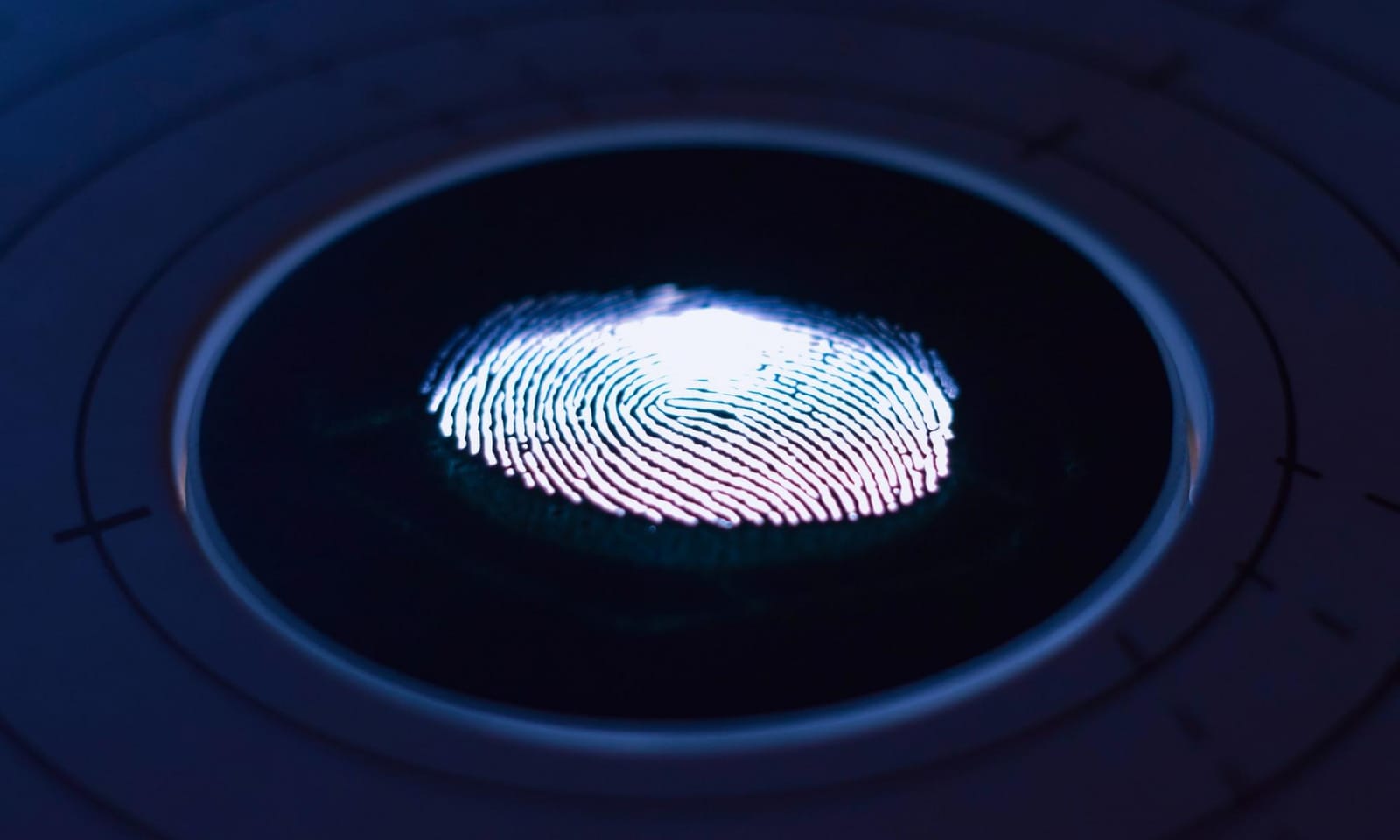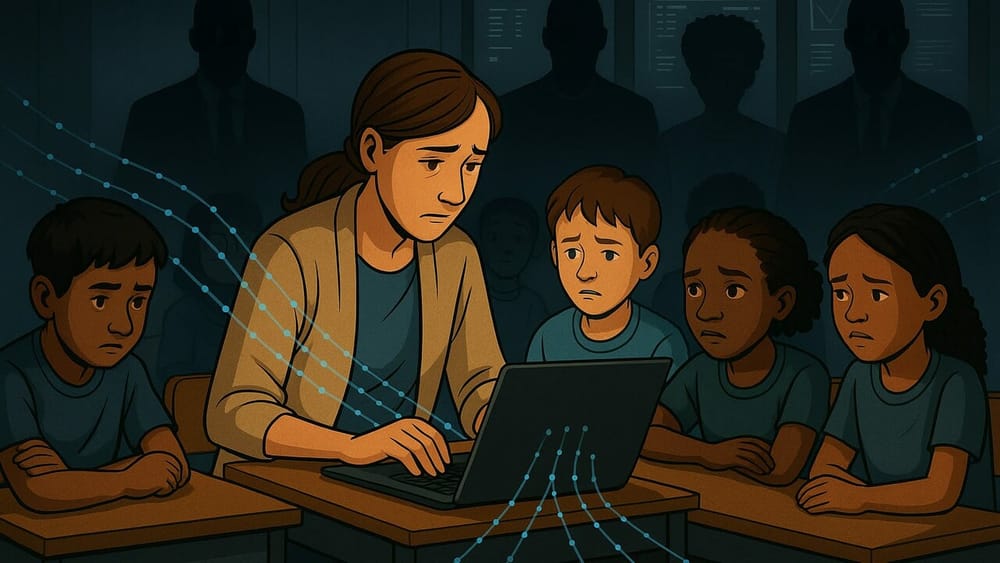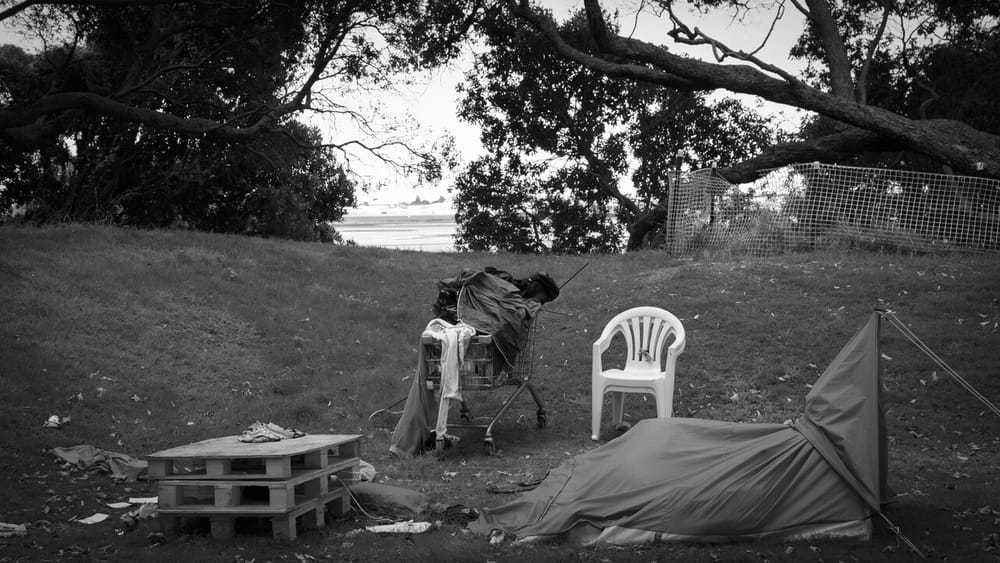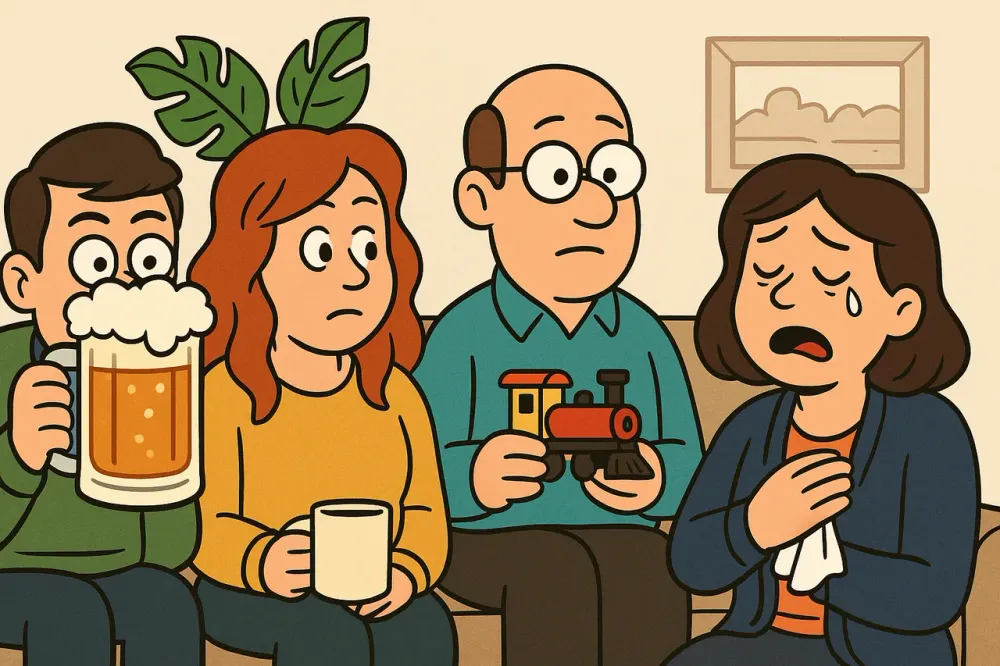Presumption of innocence—commonly known as the concept of “innocent until proven guilty”—has existed for decades as a legal principle and international right protected under the Universal Declaration of Human Rights.
This standard is designed to place the burden of proof on criminal case prosecutors, meaning that defendants should not be convicted without evidence that demonstrates their guilt beyond a reasonable doubt.
But our criminal justice systems are far from perfect: systemic inequities, human biases and misguided procedures have rendered the terms ‘innocent,’ ‘proven’ and ‘guilty’ not nearly as straightforward as they seem on paper. Throughout history, countless crimes have gone unsolved because of a lack of sufficient evidence. Even worse, too many individuals have been wrongfully convicted and are now serving time for crimes they did not commit. These devastating injustices point to a pressing need for objectivity within our criminal justice systems—for something that can unlock valuable information and lead us to more reliable conclusions that benefit those being accused and society as a whole.
This is where forensic science—particularly forensic biology—comes in. Complex but immensely important, forensic biology has developed over centuries and has become integral to how we investigate and interpret criminal cases. Remarkable technologies are evolving which enable us to examine crime scenes more meticulously, create more detailed suspect profiles and pursue truth with more assurance than we ever could previously. The more we learn about this field and refine our current techniques, the closer we can move toward ensuring justice for everyone, no matter their circumstances.
The word ‘forensic’ comes from the Latin term forensis, which means “public, argumentative, belonging to debate or discussion.” The modern notion of forensic science maintains this essence, encompassing “any science used for the purposes of the law.”
Within the category of forensic science are a variety of different disciplines ranging from forensic anthropology (analysing skeletal remains to identify victims) to forensic toxicology (determining the presence of drugs and other chemicals within bodies) to forensic chemistry (examining non-biological material such as fire debris, gunshot residue, dyes, glass and more). Forensic biology—the area of forensic science that is especially relevant and critical to solving criminal cases—involves extracting DNA from materials that contain genetic information, which could be bodily fluids such as blood, saliva, sweat, urine and semen, or other elements such as fingerprints, skin cells or hair follicles. As testing methods advance, we are becoming more capable of gathering telling information from increasingly minute amounts of genetic material.
Though inspecting biological substances does not always reveal unerring answers, working closely with these items focuses our attention on original sources and encourages science, rather than speculation, to shape our discoveries.
Gary Edmond, a professor of law at the University of New South Wales in Australia, has devoted his career to assessing criminal case evidence, advising courts and promoting verifiable scientific procedures to improve the accuracy and trustworthiness of our criminal justice systems. A council member of the Australian Academy of Forensic Sciences and member of the Standards Australia forensic science committee, Edmond often engages with ‘expert evidence,’ the highly technical evidence brought to courts by outside experts who are ideally impartial to the case at hand.
“Historically, people [simply] came into court[s] and gave oral testimonies that [weren’t] really based on documents,” Edmond says. Over time, he explains, courts began to expand their reach and seek knowledge from qualified individuals who could more precisely examine and speak about evidence. “They developed rules that would allow people [who] had insights that might assist fact-finding . . . to throw light on issues that [were] contentious between parties and help resolve [cases] in more accurate ways.”
Though the creation of these measures has been predominantly positive, Edmond warns against accepting any evidence—even expert evidence—with too much confidence. He has directed many of his efforts—particularly in recent years—toward advocating for standards that require our methods of gathering and interpreting evidence to be constantly and rigorously evaluated. He has also pushed for experts to refrain from drawing absolute conclusions and instead report the possible uncertainties of the results that they are presenting.
“[When] we have too much trust in [our] science, we don’t realise how flawed our processes might be,” Edmond says. Without a critical eye, forensic practices can become dangerously misguided. “There’s a broad spectrum of forensic sciences,” Edmond continues, “and [each] area varies quite dramatically in terms of its abilities. A lot of forensic sciences emerged purely [from] police officers without scientific qualifications just doing the best that they could in police laboratories and . . . not understanding some of the limitations, not testing their procedures [enough] and often exaggerating what the techniques they were using could do.”
Fortunately, many of these shortcomings have been directly addressed by comprehensive documents designed to scrutinise current sciences and catalyse reform where necessary. Edmond credits the 2009 National Academy of Sciences report, entitled “Strengthening Forensic Science in the United States: A Path Forward,” with being one of the major reasons why many jurisdictions around the world are starting to prioritise creating reliability standards for forensic evidence.
“The National Academy of Sciences report was very interesting because it was the first time an independent group of mainstream scientists reviewed the forensic sciences,” Edmond says. These scientists examined a range of traditional forensic practices and found that certain techniques—most prominently bite mark analysis, hair comparison and burn pattern examination, among others—needed to be better validated in order to be truly constructive.
“There’s no doubt that [forensic science] is an overarching good,” Edmond says. He currently serves as chair of the Evidence-based Forensic Initiative, an organisation that strives to propel forensic science forward by ensuring that the methods we use and our perceptions of these practices are as sound as possible. “[Steps] are being taken that are positive, [that are] reflecting the value of evidence and what [we] know about [our] abilities for and interpretations of [this] evidence. [Sometimes,] it’s good to know that [we] have limitations.”
Among the forensic sciences, DNA profiling (the process of obtaining a specific DNA pattern from a biological sample) has always stood out as one of the most dependable and powerful forensic techniques. Steen Hartsen, a forensic scientist at the British Columbia Institute of Technology Forensic DNA Laboratory in Canada, has witnessed firsthand how intricate and impactful this technology can be.
“DNA is one of the more impartial forensic sciences—we’re dealing with comparing crime scene samples to other samples, and we don’t necessarily have to make as many interpretations as we would for something like bite mark analysis,” Hartsen says.
Possessing an extensive background in molecular biology and forensic technology, Hartsen has worked with DNA evidence in many capacities throughout his career—from acting as an expert witness in murder and sexual assault cases to partnering with coroners to identify human remains to guiding students through simulations and often real casework.
“The way DNA processing [operates] for forensics is that [we] get a sample—which could be anything: a bone, a swab from a crime scene, whatever it is that [we can] get DNA from—and we take that sample and treat it with a [range] of chemicals to try to extract [whatever] DNA is there, and then [we] run it through a detection system to develop a DNA profile,” Hartsen explains. “Generally speaking, DNA . . . is very good at making strong associations.”
Using DNA to uncover clear connections between crime scenes and individuals has revolutionised—and, in some ways, redeemed—our criminal justice systems. Conclusions that were previously impossible to deduce are now not so out of reach, rendering some past cases worth revisiting to ensure the accuracy of their procedures.
“DNA has been [especially] helpful in exonerating people who have been wrongfully convicted, who never would have been exonerated [otherwise],” Hartsen says. “It’s an incredibly [practical] technology that has done a lot of good.”
Around the world, there are many organisations that are pouring their efforts and resources into conducting DNA testing to free innocent people from behind bars. These groups, which typically consist of attorneys, students and volunteers, review applications sent to them by incarcerated individuals who are claiming factual innocence and requesting that their cases be re-examined.
One of the most widely known establishments of this nature is the Innocence Network, a coalition of nearly 70 legal advocacy organisations located primarily throughout the United States, but also within several other countries such as Argentina, Ireland, Taiwan and the Netherlands.
The California Innocence Project, a member organisation of the Innocence Network based in San Diego, United States, was founded in 1999 for the purpose of pursuing three essential missions: freeing the wrongfully convicted from prison, working to reform the United States criminal justice system to prevent wrongful convictions in the first place and training law students to become “zealous advocates.”
“[Our] organisation exists because we know there are innocent people in prison,” says Michael Semanchik, managing attorney of the California Innocence Project. Research estimates that between 2.3 and 5 percent of all prisoners in the United States are innocent, which roughly equates to somewhere between 40,000 and 90,000 individuals. To date, the clients that the California Innocence Project alone has served have collectively endured over 570 years of wrongful incarceration.
But advancing DNA technology offers hope that this narrative can be rewritten. Of the 232 exonerations made by the Innocence Project—one of the organisations that founded the Innocence Network and represents people from any state within the United States—192 of them have happened because of either newfound or reanalysed DNA evidence.
“I think there was this initial belief that our criminal justice system was pretty good, [but] DNA turned that [assumption] upside down,” says Semanchik. “I’m certain that as we continue to push in the DNA field, we’re going to get [even] more information and learn things that we [can’t] know right now.”
No science can ever be completely flawless—a fact that should encourage us to never stop exploring the clues and tools around us. DNA extraction and other forensic practices have evolved tremendously since their respective inceptions, and without these techniques, we would not be able to pursue justice as thoroughly and courageously as we can today.
As Semanchik insightfully articulates, “continuing to [stretch] the bounds of forensics can only reveal additional injustices in the system, additional wrongful convictions that can hopefully be righted in the near future. We’ve got to keep challenging the science. I would hope that we never settle in a particular field, that we never [become] completely satisfied.”


